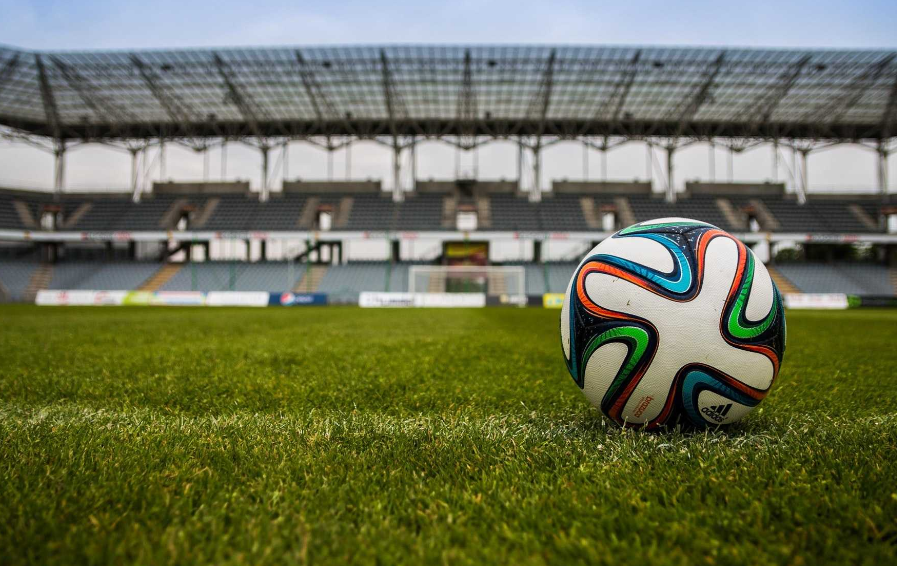Do you know about Canada National Sport? Canada, known for its rich sporting heritage, has two national sports that represent its identity on both winter and summer fronts. Ice hockey, a captivating winter sport, and lacrosse, an exhilarating summer sport, have deep historical roots and hold immense cultural significance in the country. This article delves into the origins, popularity, professional leagues, international success, and grassroots development of both ice hockey and lacrosse. By understanding the unique characteristics and contributions of these sports, we gain insight into Canada’s passion for athletics and its impact on the nation as a whole.
Sports have a unique way of connecting people and fostering national pride. They serve as a reflection of a nation’s culture, values, and traditions. In Canada, the significance of national sports is profound, with ice hockey being the beloved winter national sport and lacrosse proudly representing the summer season. These sports have captivated the hearts of Canadians for generations and have become integral parts of the country’s identity.
Ice Hockey: Canada’s Winter National Sport
Historical Background
Ice hockey traces its origins to early European stick-and-ball games, eventually evolving into its recognizable form in Canada during the 19th century. The first recorded indoor ice hockey game took place in Montreal in 1875, solidifying Canada’s claim to the sport. The historical development of ice hockey is intertwined with Canadian culture and has played a crucial role in shaping the nation’s sporting landscape.
Popularity and Cultural Impact
Ice hockey has become deeply ingrained in the Canadian way of life. From backyard rinks to community arenas, the sport serves as a unifying force across the country. The passion and enthusiasm exhibited by Canadians during ice hockey games are unparalleled, with fans filling stadiums and cheering fervently for their favorite teams. The sport’s cultural impact extends beyond the rink, influencing literature, music, and even Canadian slang.
Professional Leagues and Teams
Canada boasts a robust ice hockey infrastructure, consisting of professional leagues that showcase top-tier talent. The National Hockey League (NHL) stands as the pinnacle of professional ice hockey, with teams from both the United States and Canada competing for the coveted Stanley Cup. Canadian franchises like the Montreal Canadiens, Toronto Maple Leafs, and Edmonton Oilers have storied histories and passionate fan bases.
International Success
Canada’s dominance in international ice hockey competitions is unrivaled. The country has won numerous Olympic gold medals, World Championships, and World Cups of Hockey, solidifying its status as a powerhouse in the sport. The “Miracle on Ice” victory over the Soviet Union at the 1980 Winter Olympics is etched into Canadian sports folklore, symbolizing the resilience and determination of the national team.
Development and Grassroots Programs
The development of young ice hockey players is a priority in Canada, and the nation boasts extensive grassroots programs that nurture talent at various levels. Local minor hockey associations provide opportunities for children to learn and play the sport, fostering skill development and promoting teamwork. The Canadian Hockey League (CHL) serves as a stepping stone for aspiring professionals, offering a platform for young players to showcase their abilities.
Lacrosse: Canada’s Summer National Sport
Historical Background
Lacrosse, an ancient sport with Indigenous origins, holds deep cultural significance for many Indigenous communities in Canada. The game was played long before European settlement and has evolved into a modern sport. In 1859, Dr. William George Beers codified the rules of modern lacrosse, further contributing to its popularity in Canada.
Popularity and Cultural Impact
Lacrosse has a devoted following in Canada, particularly among Indigenous communities and enthusiasts of the sport. It embodies the spirit of athleticism and holds cultural importance as a means of preserving Indigenous traditions. Lacrosse’s cultural impact extends beyond the field, influencing Indigenous art, ceremonies, and storytelling.
Professional Leagues and Teams
The professional lacrosse landscape in Canada is represented by leagues such as the National Lacrosse League (NLL) and Major Series Lacrosse (MSL). These leagues provide a platform for talented players to compete at the highest level and showcase their skills. Notable Canadian lacrosse teams include the Toronto Rock and the Calgary Roughnecks, among others.
International Success
Canada has enjoyed significant success in international lacrosse competitions. The national team has consistently performed well in World Lacrosse Championships, winning multiple gold medals. These achievements showcase the skill and dedication of Canadian lacrosse players on the global stage.
Development and Grassroots Programs
Similar to ice hockey, lacrosse development in Canada begins at the grassroots level. Community-based lacrosse associations provide opportunities for youth to learn and play the sport, focusing on skill development and sportsmanship. These programs contribute to the growth of lacrosse across the country and create a pathway for aspiring players to reach their full potential.
Comparing Ice Hockey and Lacrosse
While ice hockey and lacrosse are both national sports in Canada, they possess distinct characteristics that set them apart.
Gameplay and Rules
Ice hockey is played on ice with players wearing skates, while lacrosse is played on a field or in an indoor arena with players using a crosse (a stick with a net) to catch, carry, and shoot the ball. Each sport has its own unique rules and gameplay dynamics, contributing to their individual appeal.
Equipment and Skills
Ice hockey requires players to wear protective gear, including helmets, pads, and skates, to ensure safety on the ice. Lacrosse players wear helmets, gloves, and shoulder pads, along with specialized lacrosse sticks. The skills required for each sport differ, with ice hockey emphasizing skating, shooting, and stickhandling, while lacrosse highlights agility, passing, and stick skills.
Regional Differences in Popularity
While both ice hockey and lacrosse enjoy nationwide popularity in Canada, regional differences exist. Ice hockey has a more significant following in the eastern provinces, particularly in cities like Toronto, Montreal, and Ottawa. On the other hand, lacrosse has a strong presence in Indigenous communities and western provinces like British Columbia and Alberta.
Canada National Sport and Tourism
The popularity of ice hockey and lacrosse in Canada has contributed significantly to sports tourism and the country’s economy. Canada has hosted various international events, including the Winter Olympics and World Championships in both ice hockey and lacrosse. These events attract visitors from around the world, boosting tourism, hospitality, and local businesses.
Conclusion
Ice hockey and lacrosse hold a special place in Canada’s sporting landscape and cultural fabric. They embody the country’s passion for sports, its competitive spirit, and its commitment to nurturing athletic talent. These national sports serve as avenues for unity, national pride, and community engagement. Ice hockey represents Canada’s winter prowess, while lacrosse showcases its summer heritage. Together, they exemplify the country’s love for sports and its unique sporting identity.
FAQs
- Why are ice hockey and lacrosse considered Canada’s national sports?
Ice hockey and lacrosse are deeply ingrained in Canadian culture and have historical significance in the country. They represent the nation’s identity, passion for sports, and contribute to its sporting heritage.
- Are there any other sports popular in Canada?
Yes, Canada has a diverse sporting landscape. Other popular sports include soccer, basketball, baseball, Canadian football, curling, and golf, among others.
- Which Canadian city is most passionate about ice hockey?
Several Canadian cities are known for their passionate ice hockey fans. Cities like Toronto, Montreal, and Edmonton have a rich ice hockey culture and dedicated fan bases.
- How does ice hockey contribute to the Canadian identity?
Ice hockey is deeply intertwined with Canadian identity. It represents the country’s resilience, teamwork, and love for winter sports. The sport’s historical and cultural impact has shaped Canada’s sporting landscape and national pride.
- Is lacrosse growing in popularity outside of Canada?
Yes, lacrosse has been gaining popularity outside of Canada. It is played and enjoyed in countries like the United States, Australia, and the United Kingdom. The sport’s growth can be attributed to its thrilling gameplay and rich cultural history.
References:
- Hockey Canada. (n.d.). Ice Hockey in Canada. Retrieved from https://www.hockeycanada.ca/en-ca/hockey-programs/fan-central/history
- CBC Sports. (2019). A brief history of lacrosse in Canada. Retrieved from https://www.cbc.ca/sports/lacrosse/a-brief-history-of-lacrosse-in-canada-1.5094931
- National Hockey League. (n.d.). About the NHL. Retrieved from https://www.nhl.com/info/about-the-nhl

